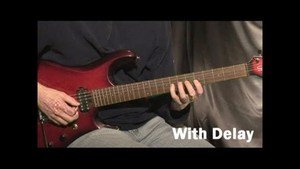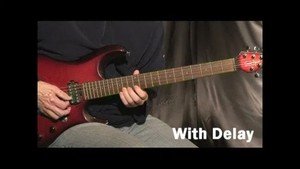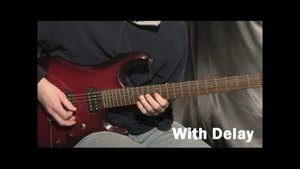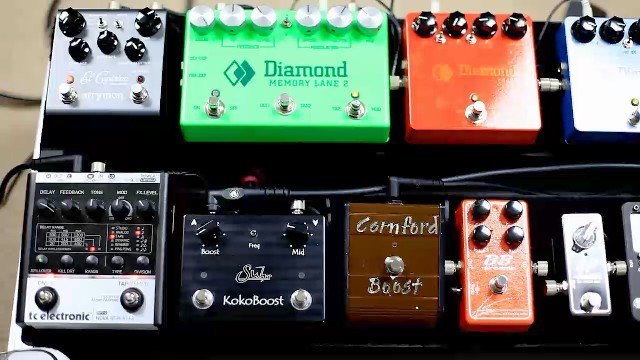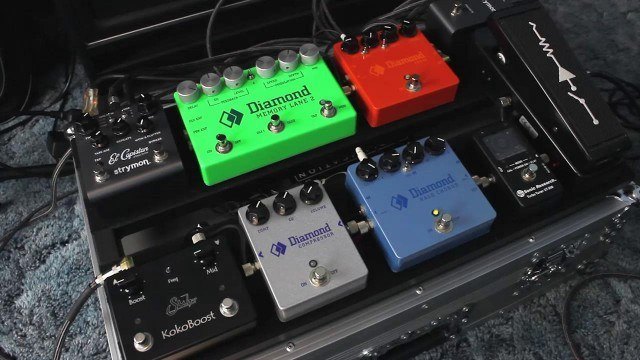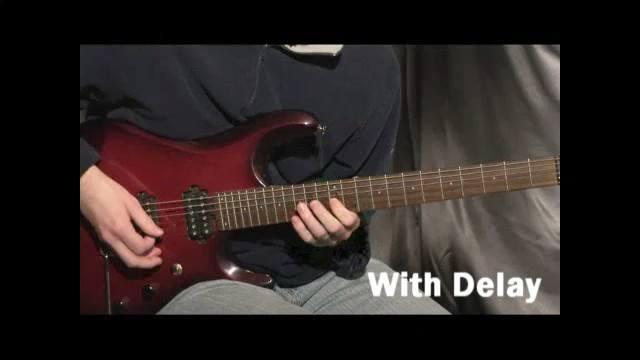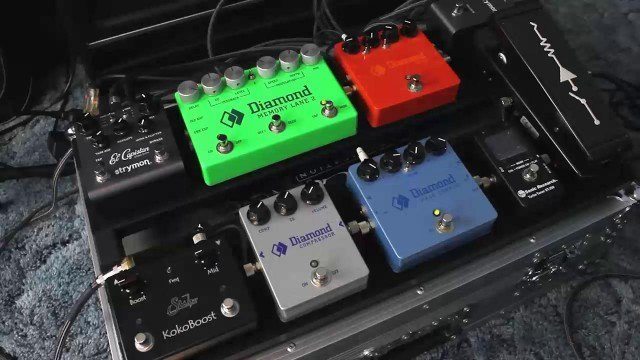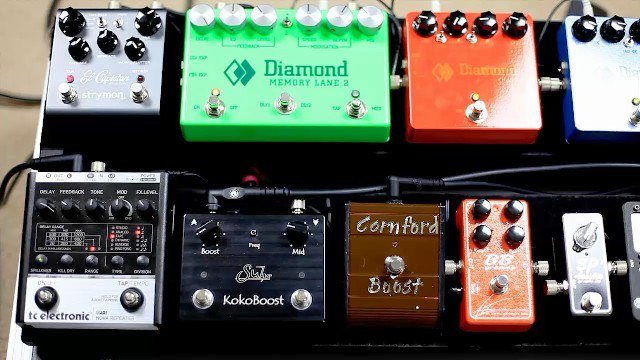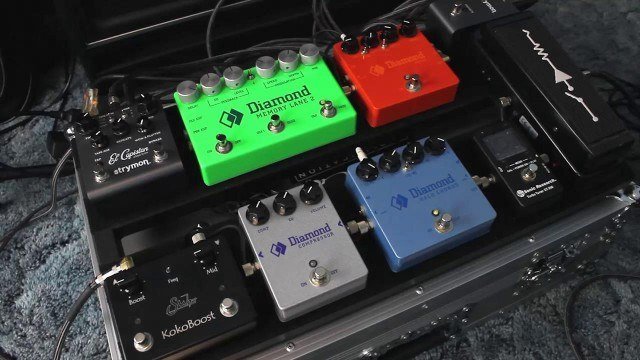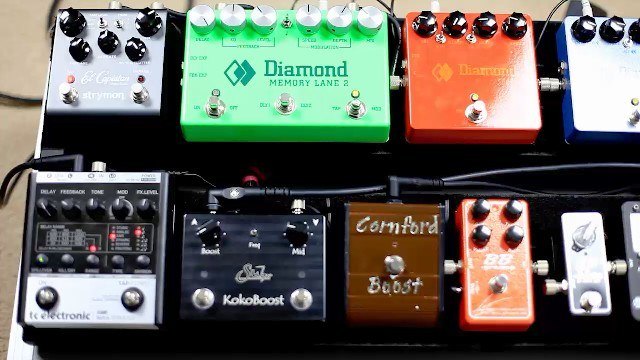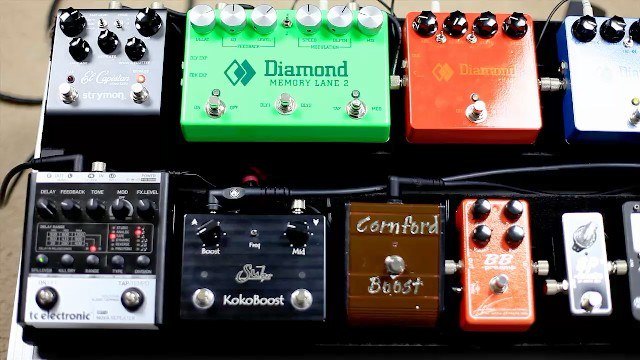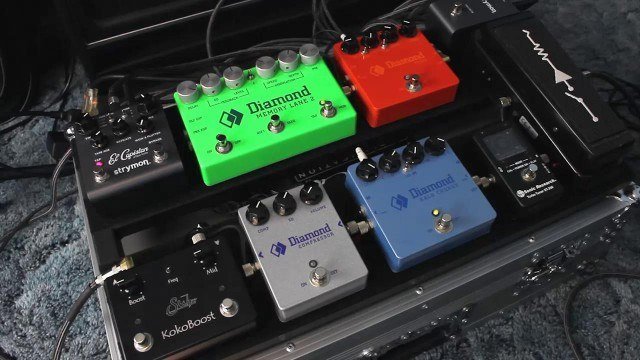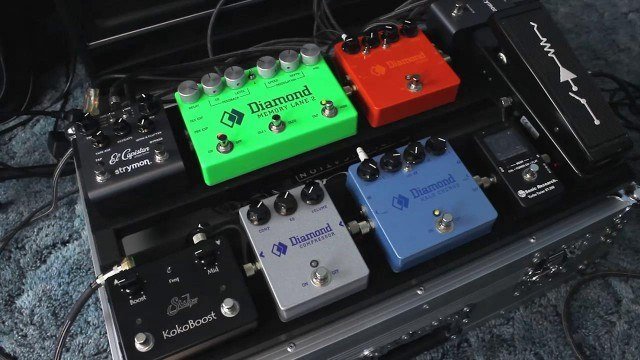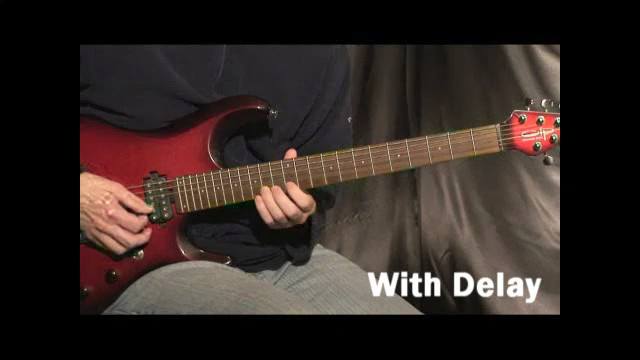In this tutorial, we're going to explore the very cool world of digital delay. Digital delay can be great for subtle, natural sounding delay, but it can also be great for creating a prominent doubling track to your guitar.
When you watch the video above, you can hear twice as many notes than I'm actually physically playing. The digital delay is inserting a note in between every two notes I play. This type of effect can open doors to a lot of neat musical ideas, and it can provide hours of entertainment!
Let's talk about how you can actually achieve this delay effect. I myself am using Line 6 Guitar Port software for the digital delay. In the image below, you can see the delay settings I used for this tutorial. I have the tap tempo set to eighth notes at 80 beats per minute (bpm).
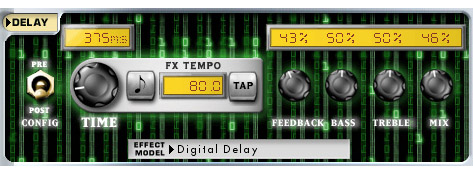
What you play will be 8th notes, but when the delay starts kicking in, you should hear sixteenth notes if done properly. It might take some experimentation to get the timing right, but keep at it until the delayed notes are fitting right in between the notes you're physically playing. Also, in order to get the desired effect, make sure you play the notes using staccato. The actual pattern of notes should look something like this:

Do you notice how you'll play two notes before the delay starts? That's very important to note. So if you were counting 16th notes while you were playing ( 1 e + a 2 e + a etc. ), the delay would start on the "a" in the first beat.
"Okay Sean, this is all well and good, but what if I don't have a cool digital delay thingy!?" you might ask.
You can still achieve this effect without actual digital delay equipment. You can do it manually if you have software to record yourself playing guitar. Simply record an 8th note pattern in one track. Then duplicate that pattern and put it into another track. Then, move the duplicate track to the right until it looks similar to the image above. So the notes should fit right in between each other. When you play both tracks together, you should hear the melody (original track) along with the delay (duplicate track).
Whether you have a delay effect or you do it manually, it may take some experimentation before you get the timing just right. Keep at it though! It's worth the time figuring it out. Once you have this first exercise down, head on over to the next lesson to learn more.

